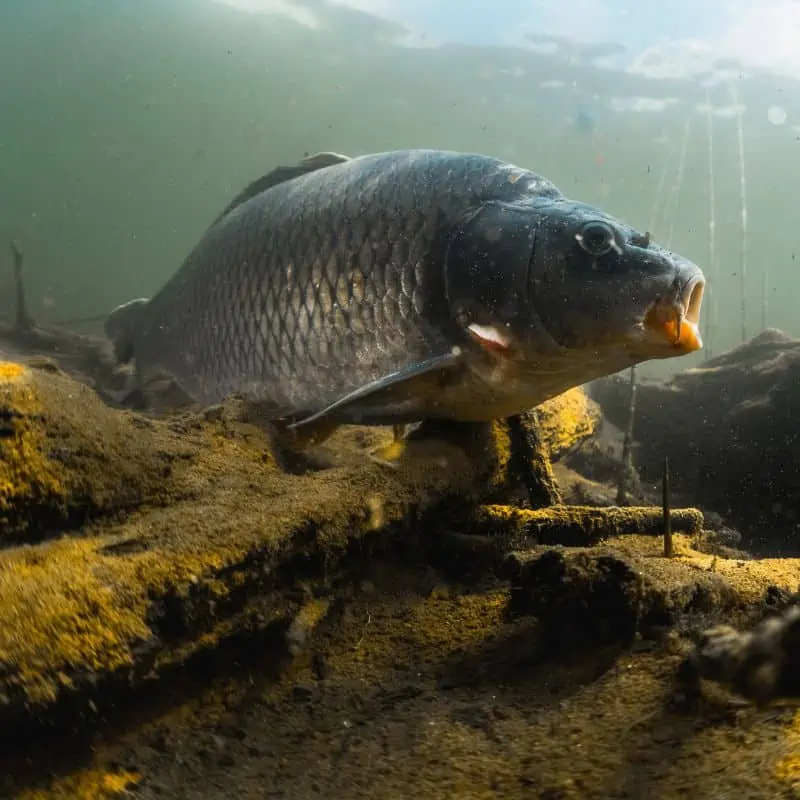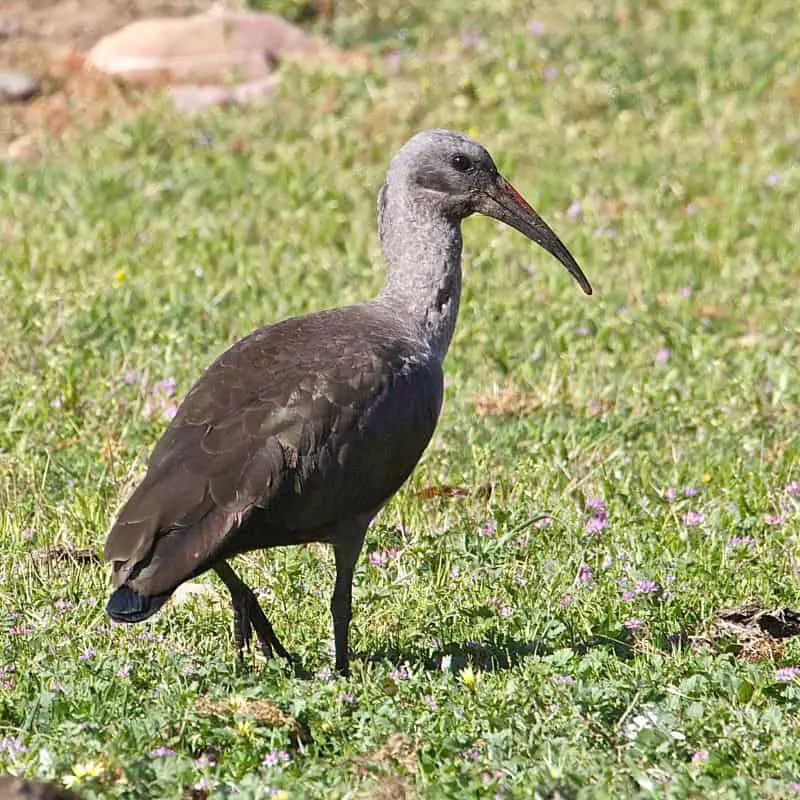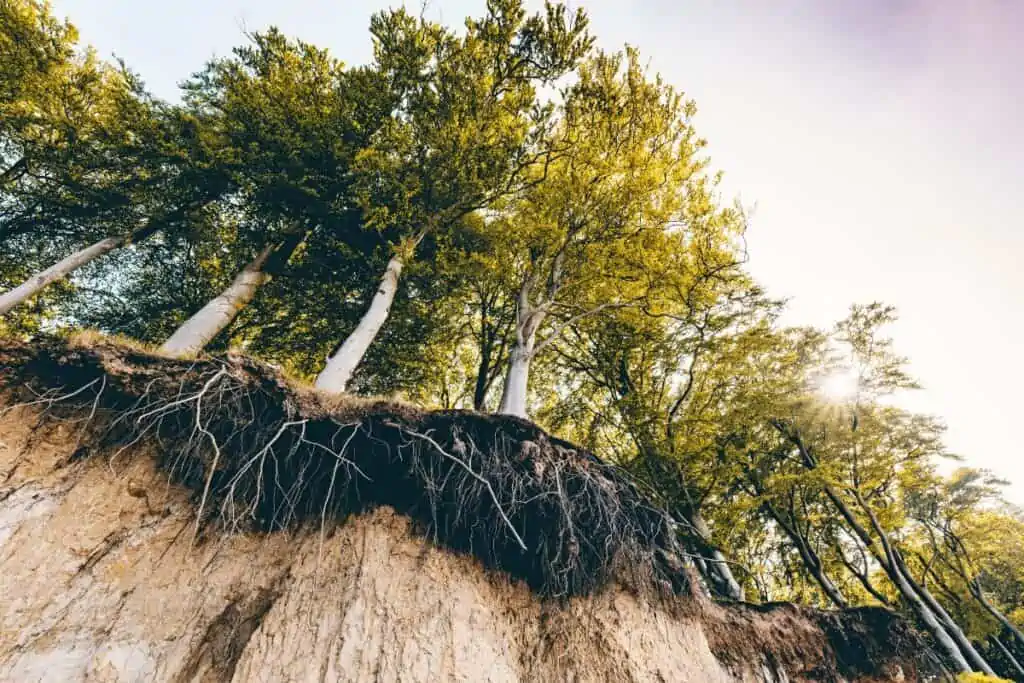As invasive species aren’t native to a specific environment, they can have catastrophic effects on that environment. But why are invasive species so dangerous to the environment, and how can we stop their effects?
Invasive species don’t belong in a new environment and may eradicate the food supply of the native species. This will lead to an imbalance in the ecosystem and may lead to the endangerment and extinction of one or more native species. This causes harm to the environment and people.
Knowing how invasive species are dangerous to the environment will help you understand why it is vital to prevent them from contaminating the environment.
Are invasive species dangerous to the environment?
Before discussing if and why invasive species are dangerous, we must first establish what invasive species means.
An invasive species refers to a species of plants, animals, or other living organisms that are introduced to a new environment than where they are natively found.
Not all new species are invasive. However, it is considered dangerous if a species threatens the native organisms.
Invasive species adapt to their new environment quickly and threaten the native organisms in that environment.
Invasive species are also alien species and can wreak havoc in an environment if not kept in check. An invasive species can become dangerous to the environment if it threatens some natural organisms.
When an invasive species is introduced into a new environment, it has no natural predators. Therefore, it will consume the resources in that environment without measure.
This may cause the food source to become scarce, which endangers the native organisms.
Another way an invasive species can potentially harm the environment is if it hunts the other predators in that environment.
Finally, invasive species can threaten the environment by overusing natural resources. For example, trees can absorb too much water, or fish can hunt without limitation.
Therefore, invasive species can become dangerous to the environment by threatening other organisms or natural resources.
In this way, the invasive species can also threaten the environment for people, as humans rely on the ecosystem for food security and clean drinking water.
Let’s consider some examples to see how invasive species affect the environment. The first example is the black carp.

The black carp is a fish species not native to America. However, as this fish hunts snails that infest local catfish populations, black carp were introduced to catfish farms to control the snail population.
Unfortunately, if the black carp makes it into the river systems, it will reproduce exponentially. It will also likely cause the extinction of the local snail population, of which some species are already endangered.
If the carp species threatens the snails, it will also affect the other organisms in that environment. Therefore, the black carp poses a significant risk to the environment.
So, even though not all invasive species are dangerous to the environment, they are more often than not.
But how do these invasive species get introduced to a new environment?
There are several reasons, which we will discuss in the following section.
How are invasive species introduced to an environment?
There are a couple of reasons why invasive species make it to new environments. Most of the time, it results from human activity, intentional or accidental.
One of the oldest ways invasive species got introduced to new environments where on the bowels of ships. This is how invasive mussels and shellfish spread.
Ships also brought various animals and diseases, which became invasive in their new environments and threatened the local species.
In addition, people brought pets and plants from across the world and introduced them to a new environment. This is how particular cats and rodents were introduced to new countries.
Pest control is another reason for introducing invasive species into an environment. One example of pest control becoming invasive is the black carp.
Yet another is the bird known as a hadida (a type of Ibis), introduced in South Africa to hunt a cockroach. However, the hadidas also started to prey on other insects and animals, making them a pest and invasive species.

Another way pests are introduced in a new environment is when people bring them from abroad to serve as ornaments or decorations. This is especially true for invasive plants planted in new gardens where they thrive without natural predators to keep them in check.
Furthermore, the plants may have fungi or organisms that can attack the native plants in the environment and threaten or endanger them.
Animals also become invasive if they are let into the wild by accident or set free.
For instance, snakes released into the wild on an island in the South Pacific have since eradicated almost all native birds.
Nutria rodents were also brought to America in an attempt to farm with them for their fur. However, when the farming failed, some Nutria were released into the wild, where they now eat the local plants without being controlled.
As you can see, invasive species aren’t always introduced into a new environment on purpose. However, the event is mainly a result of human activity. Unfortunately, once a new species becomes invasive, it’s extremely hard to eradicate them.
Therefore, local conservationists and governments have been working hard to control the introduction of potentially invasive species into an environment to protect indigenous organisms and help with food security for people.
Stopping invasive species from endangering the environment
As you can see, invasive species can have catastrophic environmental effects.
Consequently, preventing new species from becoming invasive is crucial if we want to protect the native organisms and ensure that the ecosystem remains healthy.
Once people realized that introducing new species into an environment without taking proper measures to prevent their spread can cause the environment to crumble, they decided to take stricter measures to prevent their effects on the environment.
For example, in the case of black carp, farmers are only allowed to buy sterilized eggs and carp for pest control.
This means the carp will not reproduce if it accidentally travels to the natural river systems. Since it cannot reproduce, its effect on the native snail species is limited and cannot affect the environment as much.
There are also laws on exotic animals you may bring into a country. You usually need a permit for these animals and may sometimes not move them across state borders.
Again, this helps to monitor the number of potentially invasive animals in the country.
Furthermore, you aren’t allowed to bring fruit or vegetables into the country.

This is partly to prevent unknown pests from attacking native plants. However, it also prevents people from introducing new species into an environment without knowing its effects.
Scientists will also use other organisms to eradicate an invasive species. For example, the prickly pear trees were becoming invasive in Australia.
To prevent them from destroying the environment, farmers introduced their natural predators, caterpillars, into the environment to help control the population.
This needs to happen with significant consideration, though, as there is a chance that the caterpillars may become a new invasive species in Australia if their population isn’t controlled.
In addition to preventing new invasive organisms from entering an environment, conservationists are also doing their best to protect the organisms and environments that have already been affected by invasive species.
This includes moving the endangered organisms to rehabilitation centers, where scientists can help their numbers grows.
Scientists have genetically altered native plants and organisms to make them more resistant to invasive species.
But unfortunately, this sometimes may lead to the native species becoming dangerous to the environment too.
But what are the effects of invasive species on people? Do they pose a danger to people, or are they just environmental inconveniences?
How do invasive species affect people?
Invasive species also affect people by endangering the environment.
For example, invasive species that prey on the same food we eat may lead to a food supply shortage, which can cause famine in a specific region or country.
In addition, if the invasive species is an organism that attacks crops or livestock, it can also cause food shortages that may affect an entire country, if not the world.
Furthermore, invasive species, like trees, may use too much water and cause rivers and lakes to dry out, leading to a decreased water supply.
The change in an environment may also cause problems for people when they destroy it.
For example, invasive plants can lead to soil erosion, which affects ground stability and could lead to loss of habitat for people to live and farm on.

Invasive species in bodies of water may also contaminate the water and cause it to become undrinkable or unusable for people or animals.
Therefore, invasive organisms aren’t only harmful to the environment but may also endanger the livelihood of people.
Invasive species in the USA that endanger the environment
We’ve already mentioned some invasive species across the world. However, there may be some organisms that are invasive in North America that you don’t even know are invasive.
These are some invasive species in North America and where they originate from:
- Feral Swine (Europe)
- Burmese Pythons (Southeast Asia)
- Domestic Cats (North Africa & Southwest Asia)
- European Startling (Europe, Asia, Africa)
- Nutria (South America)
- Gypsy Moths (Asia & Europe)
Each of these species has invaded the USA from another country for one of the reasons mentioned above.
Unfortunately, these organisms multiplied in North America because they had no natural enemies. Therefore, they have likely already damaged the ecosystems in which they were released.
Final thoughts on invasive species
Invasive species are dangerous to the environment because they don’t have any natural predators in the new environment, and they multiply without competition.
This leads to environmental problems, as the invasive species eradicate native organisms.
The invasive species lead to various environmental problems, such as soil erosion, contaminated water, and endangered species.
Governments and environmental protection agencies have studied these invasive species and have tried to counteract their effects. For example, the number of exotic animals brought into a country is tracked, and you aren’t allowed to transport foreign plants.
